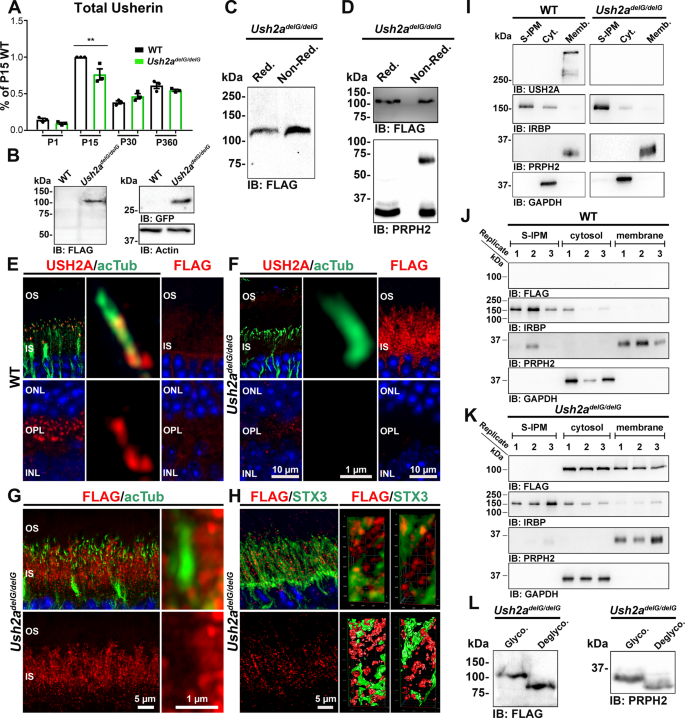2023-04-17 ノースカロライナ州立大学(NCState)
これにより、従来の咳検出技術が”false positive”を多く報告する問題を解決することができ、より正確な検出が可能になる。また、より少ないサンプル数で機能するため、より小型かつエネルギー効率が向上する。利用の可能性はアレルギーやCOVID-19検出などにもある。
<関連情報>
- https://news.ncsu.edu/2023/04/health-ai-and-uncertainty/
- https://ieeexplore.ieee.org/document/10093030
分布外検出によるロバストな咳の検出 Robust Cough Detection with Out-of-Distribution Detection
Yuhan Chen,Pankaj Attri,Jeffrey Barahona,Michelle L. Hernandez,Delesha Carpenter,Alper Bozkurt,Edgar Lobaton
IEEE Journal of Biomedical and Health Informatics Published:05 April 2023
DOI:https://doi.org/10.1109/JBHI.2023.3264783
Abstract
Cough is an important defense mechanism of the respiratory system and is also a symptom of lung diseases, such as asthma. Acoustic cough detection collected by portable recording devices is a convenient way to track potential condition worsening for patients who have asthma. However, the data used in building current cough detection models are often clean, containing a limited set of sound categories, and thus perform poorly when they are exposed to a variety of real-world sounds which could be picked up by portable recording devices. The sounds that are not learned by the model are referred to as Out-of-Distribution (OOD) data. In this work, we propose two robust cough detection methods combined with an OOD detection module, that removes OOD data without sacrificing the cough detection performance of the original system. These methods include adding a learning confidence parameter and maximizing entropy loss. Our experiments show that 1) the OOD system can produce dependable In-Distribution (ID) and OOD results at a sampling rate above 750 Hz; 2) the OOD sample detection tends to perform better for larger audio window sizes; 3) the model’s overall accuracy and precision get better as the proportion of OOD samples increase in the acoustic signals; 4) a higher percentage of OOD data is needed to realize performance gains at lower sampling rates. The incorporation of OOD detection techniques improves cough detection performance by a significant margin and provides a valuable solution to real-world acoustic cough detection problems.



